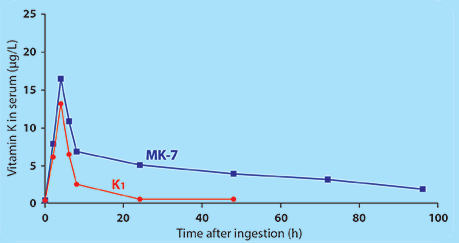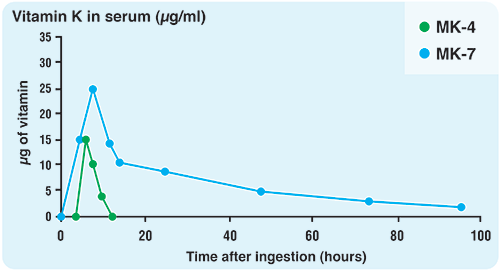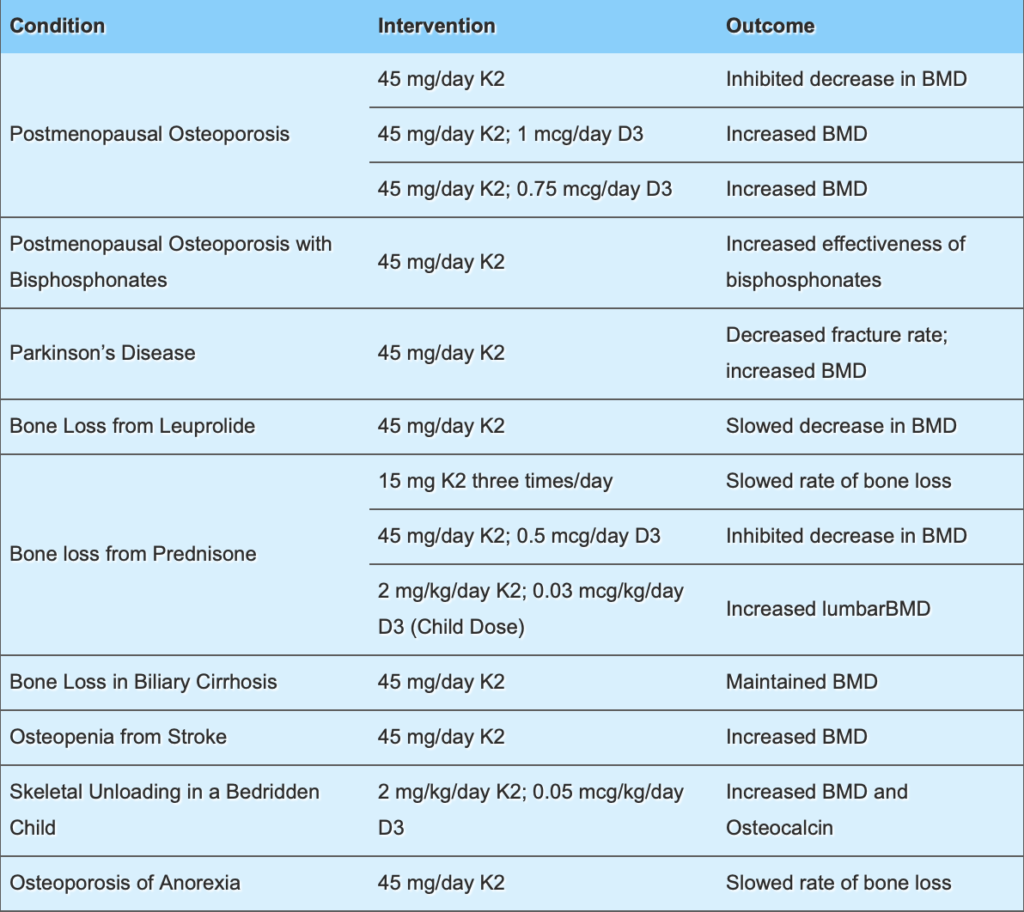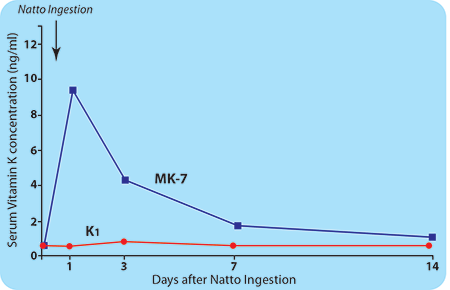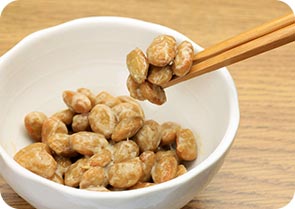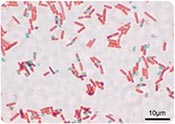
Promoting Bone and Cardiovascular Health
Natto MK-7™
Promoting Bone and Cardiovascular Health
Vesta’s Natto MK-7™ (Vitamin K2: MK-7) is an all-natural product and is highly bioavailable.
Vitamin K is essential for proper bone mineralization and in regulating calcium levels within arteries. It has gained increased attention due to its highly efficacious fibrinolytic enzyme properties.
Media Center
Find out where Vesta® Nutra will be.
Access news and the latest posts regarding Natto MK-7™.
Check out the latest research and resources for Natto MK-7™.

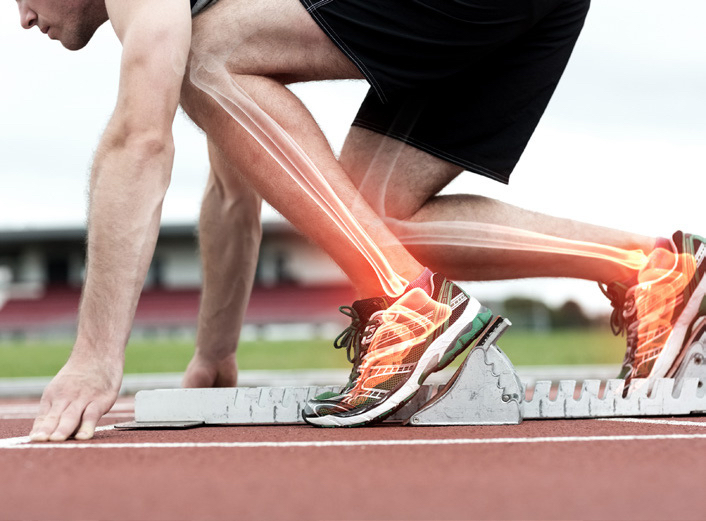
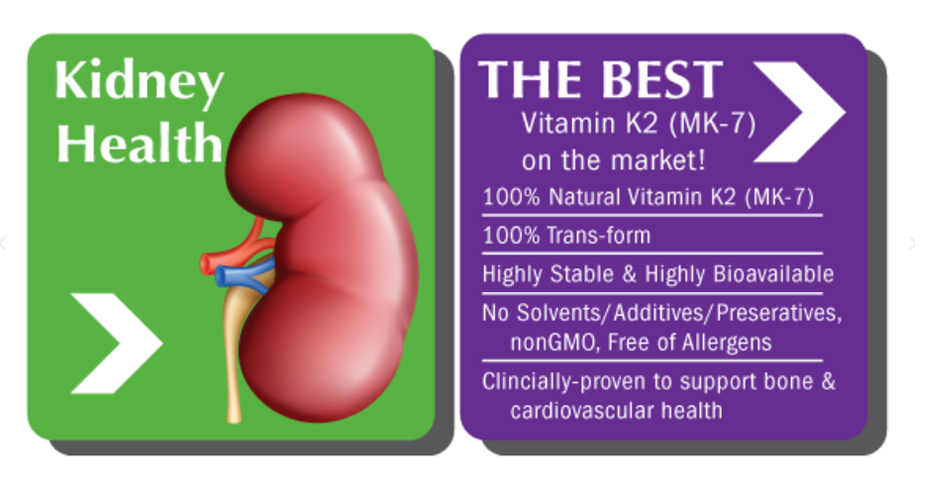
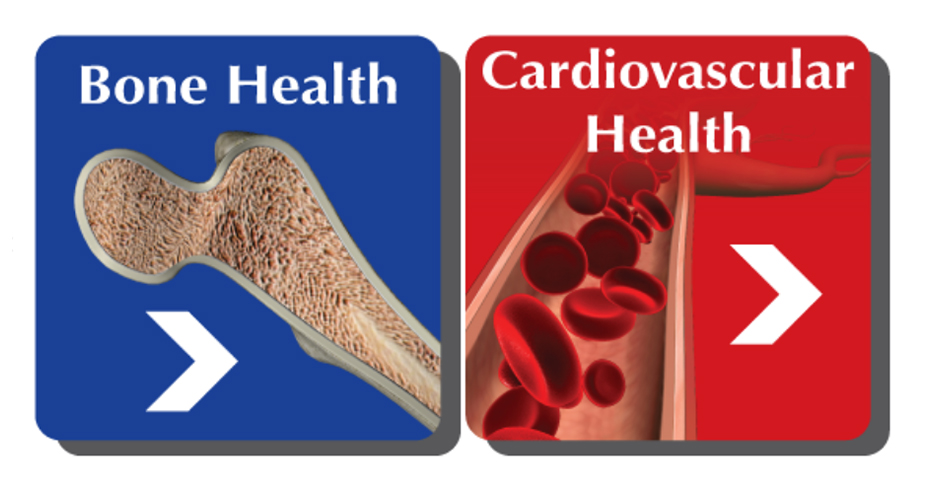

How does MK-7 support healthy bones?
Bone mineral density is directly related to the amount of MK-7 that is present within the body. With the addition of MK-7 to the diet, aging-related bone loss might be avoided, and support is provided for skeletal health.
Benefits of Natto MK-7™
MK-7 is unique in that it displays no toxicity at normal recommended levels, and unlike Vitamin K2, it does not concentrate in the liver. MK-7 helps promote a healthy cardiovascular system and may help to maintain healthy bones, joints, and arteries.
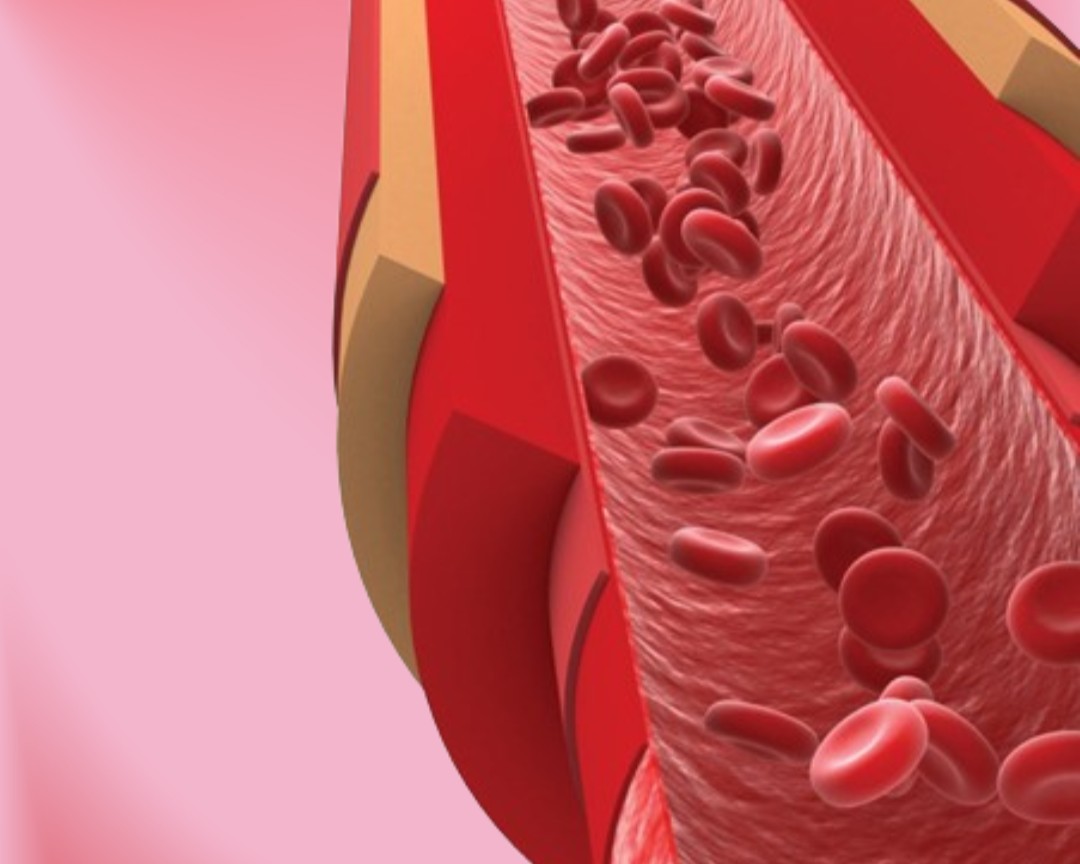
Why is MK-7 Vitamin K2 Necessary?
MK-7 regulates calcium through an amino acid that is part of the matrix GLA protein (a calcium-regulating protein), which is dependent on MK-7 to function properly. If the protein does not contain enough MK-7, it will not be able to retain calcium through carboxylation. Without MK-7, the calcium does not get directed to the areas where it is needed, such as the bones and instead, calcium moves out into the bloodstream and deposits in arteries and other soft tissue. MK-7 ensures that the calcium is directed and retained in the bones at normal, healthy levels.
Health Benefits
About Natto MK7™
Vesta’s NattoMK-7™ (Vitamin K2, also known as MK-7) is an all-natural product and highly bioavailable. Vitamin K is essential in proper bone mineralization and in regulating calcium levels within arteries, and it has gained much attention due to its highly efficacious nature.
Supplementation of Vitamin K has been shown to be very important in maintaining healthy bones and cardiovascular system. Of all the types of Vitamin K, Vitamin K2 (MK-7) derived from Natto has been shown to be the most effective and longer lasting benefits after supplementation due to its longer half-life in circulation.
Vesta provides all NATURAL and PURE MK-7 as demonstrated by 100% trans- isomer analysis. Competitor products with impure and poor quality MK7 contain too much of the cis- isomer typical of synthetic products.
Vesta has worked with the US Pharmacopeia (USP) to develop the MK7 monograph for Dietary Supplements. Vesta follows the USP 40 & 41 Dietary Supplement Monographs to confirm high quality MK7.
Why Natto MK-7™ For Your Product?
Why Natto MK-7™ For Your Product?
About Vitamin K
About Vitamin K
Vitamin K is a class of fat-soluble vitamins. This essential vitamin exists naturally in foods such as leafy, green vegetables and soybeans, and it is vital for your body to properly regulate and activate important proteins such as clotting factors in the liver, Matrix GLA Proteins found in your arteries, and osteocalcin in bones.
Your body utilizes Vitamin K in two forms, Vitamin K1 (phylloquinone) and Vitamin K2 (menaquinones). Vitamin K1 helps blood coagulate/clot properly. Whereas Vitamin K2 helps reduce calcium plaque buildup in your arteries and guides calcium absorption to strengthen your bones. Several clinical studies show how Vitamin K2 serves to improve cardiovascular health while simultaneously increasing bone mineral density.
Vitamin K is a class of fat-soluble vitamins. This essential vitamin exists naturally in foods such as leafy, green vegetables and soybeans, and it is vital for your body to properly regulate and activate important proteins such as clotting factors in the liver, Matrix GLA Proteins found in your arteries, and osteocalcin in bones.
Your body utilizes Vitamin K in two forms, Vitamin K1 (phylloquinone) and Vitamin K2 (menaquinones). Vitamin K1 helps blood coagulate/clot properly. Whereas Vitamin K2 helps reduce calcium plaque buildup in your arteries and guides calcium absorption to strengthen your bones. Several clinical studies show how Vitamin K2 serves to improve cardiovascular health while simultaneously increasing bone mineral density.
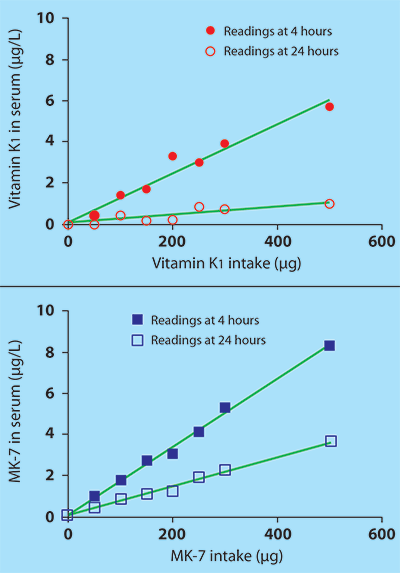
Vitamin K2 (MK-7) is unique in that it has been shown to be more bioavailable and has a longer half-life in the bloodstream after oral intake, thus providing its benefits for a longer period.
Through aging, malnutrition or disease, bones become weak and brittle while calcium builds up to harden and block off arteries. Healthy bones and clearer arteries can be reestablished with proper diet, exercise, and supplementing Vitamin K2 (MK-7).
Vitamin K2 helps take calcium from hardening arteries to strengthening bones!
 A Brief History of Vitamin K
A Brief History of Vitamin K
Vitamin K was first discovered in 1929 by Henrik Dam who was studying the role of cholesterol by depriving chickens of cholesterol in their diet. He subsequently observed a particular vitamin extract from these chickens in relation to blood coagulation. The actual K from Vitamin K comes from the German name, Koagulationsvitamin (in English: Coagulation Vitamin). Subsequently, both Henrik Dam and Edward Doisy were awarded the Nobel Prize in 1943 for their important roles of discovering Vitamin K and its structure. Since then, over 15,000 research articles have been published, by countless scientists around the world, concerning the great health benefits and essential functions of Vitamin K.
Vitamin K2 (MK-7) compared to Vitamin K1
Dr. Schurgers and colleagues conducted a clinical study comparing Vitamin K2 (MK-7) to Vitamin K1 and found that MK-7 had a much longer half-life. Thus, the study indicated a much more positive health benefit of supplementing Vitamin K2 over Vitamin K1 due to the prolonged efficacy of Vitamin K2 (MK-7) in the circulatory system.
All Natural Vitamin K2: MK-7 compared to Synthetic Vitamin K2
Vitamin K2: MK-7 does not display toxicity, and does not concentrate in excess amounts in the liver, unlike other synthetic Vitamin K2. Simply put, MK-7 may help promote a healthy cardiovascular system and maintain healthy bones, joints, and arteries through all-natural means.
MK-7 compared to MK-4
When comparing Vitamin K2: MK-4 versus MK-7, the currently accepted recommendation of daily intake requires a much lower intake of MK-7 compared to MK-4 for the same effects. Recommended dosage of MK-4 is ~45,000 micrograms/day whereas MK-7 is ~45 micrograms/day. That is a 1000-fold less requirement of MK-7 compared to MK-4! Not only is less more in the case of MK-7 compared to MK-4 but both MK-7 absorption and the lasting benefits in circulation are far superior to MK-4. Much of this reasoning has been attributed to MK-7’s proper carbon side chain length. The proper carbon length of MK-7 allows for longer-lasting and more efficacious Vitamin K2 compared to MK-4. This makes MK-7 more bioavailable and appealing in supplementing our diets.
How Calcium is Absorbed and Incorporated
For the longest time, conventional wisdom suggested that whenever consuming calcium, Vitamin D3 is essential. This is certainly true because Vitamin D3 aids in absorbing calcium from the digestive tract into the arteries, but in light of recent research and studies, we now realize that this is only half the story. Vitamin K2 has been shown to be equally important in preventing calcium build-up in arteries and transporting it into bones instead.
Vitamin K2 acts within many different organs in the body to maintain the proper functions of vital proteins that depend on Vitamin K for its activation. Within your bones, a Vitamin K2 activated protein called Osteocalcin functions to incorporate calcium hydroxyapatite into bones to build them up and keep them strong. Vitamin K2 also functions in your blood vessels by interacting with Matrix Gla Protein to keep calcium from accumulating in your arteries.
Even now we can see that just about every product having to do with calcium is supplemented with Vitamin D3 (i.e. dairy products, supplements, etc.) but the same cannot be said about Vitamin K2. Because of ample amounts of Vitamin D3 and Calcium in your diet but lack of Vitamin K2, calcium is successfully absorbed into your bloodstream but isn’t incorporated into your bones. As a result, calcium plaques begin to form and harden along the sides of arteries, while simultaneously your bones begin to weaken due to lack of calcium.
Vitamin K2 (MK-7) helps keep calcium from hardening and blocking arteries while redirecting calcium to maintain bone strength at the same time.
A Growing Problem
Vitamin K deficiency is currently a major problem due to the lack of a properly balanced diet. According to the University of Maryland Medical Center, Vitamin K deficiency can also be caused by diseases such as biliary disease, cystic fibrosis, celiac disease, liver disease, and Crohn’s disease, and they recommend that patients supplement their diets. Deficiency in Vitamin K has been linked to osteoporosis, fractures, and improper calcium balance in arteries and veins. Thus, it is very important that we supplement our diets with the proper amount of Vitamin K.
When comparing Vitamin K2: MK-4 versus MK-7, the currently accepted recommendation of daily intake requires a much lower intake of MK-7 compared to MK-4 for the same effects. Recommended dosage of MK-4 is ~45,000 micrograms/day whereas MK-7 is ~45 micrograms/day. That is a 1000-fold less requirement of MK-7 compared to MK-4! Not only is less in the case of MK-7 compared to MK-4, but both MK-7 absorption and the lasting benefits in circulation are far superior to MK-4. Much of this reasoning has been attributed to MK-7’s proper carbon side chain length. The proper carbon length of MK-7 allows for longer-lasting and more efficacious Vitamin K2 compared to MK-4. This makes MK-7 more bioavailable and appealing in supplementing our diets. Kaneki, et al 2001
Researchers found a significantly higher incidence of hip fractures in the UK compared to that of women in Japan. They found that Women in Japan had much higher levels of MK-7, which correlated with the consumption of Natto.
| Location | n | PK (ng/mL) | MK-7 (ng/mL) | Age |
|---|---|---|---|---|
| United Kingdom | 31 | 0.497 ±0.537 | 0.371 ±0.204 | 58.5 ±9.4 |
| Hiroshima | 25 | 0.741 ±0.581 | 1.221 ±1.848 | 57.2 ±3.3 |
| Tokyo | 49 | 0.727 ±0.461 | 5.268 ±6.132 | 67.4 ±8.3 |
They further found how Natto consumption led to an increase in MK-7. This helped explained why women in the UK had more frail bones leading to hip fractures compared to women of Japan. Women of Japan were benefiting from the MK-7 in Natto that helped their bones stay strong.
Natto MK-7™ was named after a long-held traditional Japanese dish called Natto. Natto is made through the fermentation of soybeans and has been a staple of the Japanese diet for centuries. Natto has traditionally been eaten for breakfast with rice and other dishes. Through centuries of regular Natto consumption, many people started to realize the major health benefits associated, such as decreased blood pressure, reduced incidence of osteoporosis, etc. A group from Kinki Medical School definitively showed how intake of Natto in postmenopausal women caused a reduction in bone loss. Subsequent clinical and population-based studies found that these benefits were largely attributed to the fact that Natto was full of Vitamin K2.
The fermentation process of Natto is facilitated by Bacillus subtilis. Interestingly, Bacillus subtilis exists naturally and produces MK-7 (Vitamin K2) as a passive byproduct. With over 1000 µg of Vitamin K2 per serving of Natto, and 90% of that being MK-7, it becomes obvious as to where the great health benefits were coming from.
Even with its greatly indicated health benefits, Natto remains unknown in many parts of the world. Due to its slimy texture and unique smell, many people find it very unappetizing. Fortunately, Vesta Ingredients, Inc. nattoMK7 offers the great health benefits of Natto by extracting Vitamin K2: MK-7 directly from Bacillus subtilis. Thanks to engineering from our top scientists and an advanced filtration process, our Vitamin K2 (MK-7) is of the highest quality. Our product is completely all-natural, allergen-free, non-GMO, and even Kosher Certified.
Download Natto MK-7™ Brochure
Product Details
Why Natto MK-7™ For Your Product?
MK-7 regulates calcium through an amino acid that is part of the matrix Gla protein (a calcium-regulating protein), which is dependent on MK-7 to function properly. If the protein does not contain enough MK-7, it will not be able to retain calcium through carboxylation. Without MK-7, the calcium does not get directed to the areas where it is needed, such as the bones, and instead calcium moves out into the bloodstream and deposits in arteries and other soft tissue. MK-7 ensures that the calcium is directed and retained in the bones at normal, healthy levels.
- Appearance: Powder
- Odor / Taste: Characteristic
- Dose: 45-160 mcg / daily
- Store in a cool dry place
- Do not freeze
- Keep away from strong direct light
- Package Unit: 1-5 kg
- Dietary supplement
- Capsules / Tablets / Softgels / Powder
References
- Misra D, et al. Vitamin k deficiency is associated with incident knee osteoarthritis. American Journal of Medicine, 2013 Mar;126(3):243-8 doi:10.1016/j.amjmed.2012.10.011
- Fusaro M, et al. Vitamin K, vertebral fractures, vascular calcifications, and mortality: Vitamin K Italian (VIKI) dialysis study. Journal of Bone Miner Res. 2012 Nov; 27(11):2271-8. doi: 10.1002/jbmr.1677
- Steven M. Plaza, ND, LAc, and Davis W. Lamson, MS, ND. Vitamin K2 in Bone Metabolism and Osteoporosis. Altern Med Rev 2005;10(1):24-35
- Iwamoto,, Ichiro, and Et. Al. “A Longitudinal Study of the Effect of Vitamin K2 on Bone Mineral Density in Postmenopausal Women a Comparative Study with Vitamin D3 and Estrogen–progestin Therapy.” The Official Journal of the European Menopause and Andropause Society, 30 Jan. 2009.
- Schurgers LJ, Teunissen KJ, Hamulyak K, Knapen MH, Vik H, Vermeer C., Vitamin K-containing dietary supplements: comparison of synthetic vitamin K1 and natto-derived menaquinone-7., Blood. 2007 Apr 15;109(8):3279-83.
- Steven M. Plaza, ND, LAc, and Davis W. Lamson, MS, ND. Vitamin K2 in Bone Metabolism and Osteoporosis. Altern Med Rev 2005;10(1):24-35
- Mann KG (1999). “Biochemistry and physiology of blood coagulation”. Thromb. Haemost. 82 (2): 165–74.
- Price PA (1988). “Role of vitamin-K-dependent proteins in bone metabolism”. Annu. Rev. Nutr. 8: 565–83. doi:10.1146/annurev.nu.08.070188.003025.
- Hafizi S, Dahlbäck B (2006). “Gas6 and protein S. Vitamin K-dependent ligands for the Axl receptor tyrosine kinase subfamily”. FEBS J. 273 (23): 5231–44.doi:10.1111/j.1742-4658.2006.05529.x.
- Gast, G., N. Roos, I. Sluijs, M. Bots, J. Beulens, J. Geleijnse, J. Witteman, D. Grobbee, P. Peeters, and Y. Van Der Schouw. “A High Menaquinone Intake Reduces the Incidence of Coronary Heart Disease.” A High Menaquinone Intake Reduces the Incidence of Coronary Heart Disease. Nutrition, Metabolism, and Cardiovascular Diseases, 30 Jan. 2009.
- Xing G, Gutala R, Jaiswal A. Quinone Oxidoreductases and Vitamin K Metabolism. Vitamins & Hromones Vol 78, 2008, Pages 85-101.
- University of Maryland Medical Center . Vitamin K Overview 2005 http://www.umm.edu/altmed/articles/vitamin-k-000343.htm
- Dam, H. (1935). “The Antihæmorrhagic Vitamin of the Chick.: Occurrence And Chemical Nature”. Nature 135(3417): 652–653. doi:10.1038/135652b0.
- Ichikawa T, Horie-Inoue K, Ikeda K,, Blumberg B, and Inoue S. “Steroid and Xenobiotic Receptor SXR Mediates Vitamin K2-activated Transcription of Extracellular Matrix-related Genes and Collagen Accumulation in Osteoblastic Cells.”Steroid and Xenobiotic Receptor SXR Mediates Vitamin K2-activated Transcription of Extracellular Matrix-related Genes and Collagen Accumulation in Osteoblastic Cells. J Biol Chem, 2006 Jun 23;281(25):16927-34. Epub 2006 Apr 10.
- Vitamin K2. 2/18/2013 http://www.vitamink2.org/?znfAction=references
- Booth SL, Suttie JW. Dietary Intake and Adequacy of K vitamins. Journal of Nutrition. 1998;128(5):785-8.
- Kaneki M, Hodges SJ, Hosoi T, Fujiwara S, Lyons A, Crean SJ, Ishida N, Nakagawa M, Takechi M, Sano Y, Mizuno Y, Hoshino S, Miyao M, Inoue S, Horiki K, Shiraki M, Ouchi Y, Orimo H. Japanese fermented soybean food as the major determinant of the large geographic difference in circulating levels of K vitamins2: possible implications for hip-fracture risk. Nutrition. 2001;17(4):315-21.
- Olson RE. Vitamin K. In: Shils M, Olson JA, Shike M, Ross AC, eds. Modern Nutrition in Health and Disease. 9th ed. Baltimore: Lippincott Williams & Wilkins; 1999:363-380.
- Furie B, Bouchard BA, Furie BC. Vitamin K-dependent biosynthesis of gamma-carboxyglutamic acid. Blood. 1999;93(6):1798-1808.
- Shearer MJ. The roles of vitamins D and K in bone health and osteoporosis prevention. Proc Nutr Soc. 1997;56(3):915-937.
- Schurgers LJ, Spronk HM, Soute BA, et al. Regression of warfarin-induced medial elastocalcinosis by high intake of K vitamins in rats. Blood. Nov 30 2006.
- Westenfeld, R., L. Schurgers, and Et Al. “Effect of Vitamin K2 Supplementation on Functional Vitamin K Deficiency in Hemodialysis Patients: A Randomized Trial.” American Journal of Kidney Disease, 12 Dec. 2011.
- Beulens, Joline W.J., Michiel L. Bots, Femke Atsma, Marie-Louise E.L. Bartelink, Matthias Prokop, Johanna M. Geleijnse, Jacqueline C.M. Witteman, Diederick E. Grobbee, and Yvonne T. Van Der Schouw. “High Dietary Menaquinone Intake Is Associated with Reduced Coronary Calcification.” Atherosclerosis 203.2 (2009): 489-93.
- Geleijnse JM, Witteman JC, and Et Al. “Dietary Intake of Menaquinone Is Associated with a Reduced Risk of Coronary Heart Disease: The Rotterdam Study.” The Journal of Nutrition (n.d.): n. pag.
- Vermeer C, Theuwissen E. “Vitamin K, Osteoporosis and Degenerative Diseases of Ageing.” Menopause Int. 2011 Mar;17(1):19-23. (n.d.)
- Center for Disease Control. Osteoporosis. http://www.cdc.gov/nchs/fastats/osteoporosis.htm
- Knapen MHJ, Schurgers LJ, and Vermeer C, Vitamin K2 supplementation improves hip bone geometry and bone strength indices in postmenopausal women. Osteoporos Int, 2007, 18:953-972
- Fusaro, M., G. Crepaldi, S. Maggi, F. Galli, A. D’Angelo, L. Calò, S. Giannini, D. Miozzo, and M. Gallieni. “Journal of Endocrinological Investigation.” Journal of Endocrinological Investigation. N.p., 2011. Web. 30 July 2012.
- Ketteler, Markus, Hansjörg Rothe, Thilo Krüger, Patrick Biggar, and Georg Schlieper. “Mechanisms and Treatment of Extraosseous Calcification in Chronic Kidney Disease.” Nature, Sept. 2011.
- Sato, Jun Iwamoto, Azusa Seki, Yoshihiro, and Hideo Matsumoto. “Vitamin K2 Improves Renal Function and Increases Femoral Bone Strength in Rats with Renal Insufficiency.” SpringerLink. Springer Science+Business Media, n.d. Web. 30 July 2012.
- Yoshiji, Hitoshi, Ryuichi Noguchi, Masahito Uemura, and Hiroshi Fukui. “Combination of Vitamin K2 and Angiotensin-converting Enzyme Inhibitor Ameliorates Cumulative Recurrence of Hepatocellular Carcinoma.” Journal of Hepatology, 15 May 2009.
- Yoshiji, Hitoshi, Ryuichi Noguchi, Masaharu Yamazaki, Yasuhide Ikenaka, Akira Mitoro, Masahisa Toyohara, Motoyuki Yoshida, and Hiroshi Fukui. “Combined Treatment of Vitamin K2 and Angiotensin-converting Enzyme Inhibitor Ameliorates Hepatic Dysplastic Nodule in a Patient with Liver Cirrhosis.” World J Gastroenterol, 21 June 2007. Web. 30 July 2012.
- Nimptsch, K., and Et Al. “The American Journal of Clinical Nutrition.” Dietary Vitamin K Intake in Relation to Cancer Incidence and Mortality: Results from the Heidelberg Cohort of the European Prospective Investigation into Cancer and Nutrition (EPIC-Heidelberg). The American Journal of Clinical Nutrition, n.d. Web.
- Vos, Melissa, and Patrik Verstreken. “Vitamin K2 Is a Mitochondrial Electron Carrier That Rescues Pink1 Deficiency.” Vitamin K2 Is a Mitochondrial Electron Carrier That Rescues Pink1 Deficiency. N.p., 10 May 2012. Web. 30 July 2012. http://www.sciencemag.org/content/336/6086/1306.figures-only.
- Hosking, Richard. A Dictionary of Japanese Food – Ingredients and Culture. 1995. Tuttle. p 106. ISBN 0-8048-2042-2
- Elder SJ, Haytowitz DB, Howe J, Peterson JW, Booth SL. Vitamin K contents of meat, dairy, and fast food in the U.S. Diet. Journal of Agricultural Food Chem. 54 (2): 463-7 doi:10.1021/jf052400h
- Ikeda Y, Iki M, Morita A, Kajita E, Kagamimori S, Kagawa Y, Yoneshima H. Intake of fermented soybeans, natto is associated with reduced bone loss in postmenopausal women: Japanese Population-Based Osteoporosis (JPOS) Study. Journal of Nutrition. 2006 May;136(5): 1323-8
- Tsukamoto Y, et al. Intake of fermented soybean (natto) increases circulating vitamin K2 (menaquinone-7) and gamma-carboxylated osteocalcin cocentration in normal individuals. Journal Bone Mineral Metabolism. 2000;18(4):216-22.
- “Rhéaume-Bleue, Kate. “Vitamin K2 and the Calcium Paradox” John Wiley & Sons Canada, Ltd., 2012, p. 66-67
- Elder SJ, Haytowitz DB, Howe J, Peterson JW, Booth SL (January 2006). “Vitamin k contents of meat, dairy, and fast food in the U.S. Diet”. J. Agric. Food Chem. 54 (2): 463–7. doi:10.1021/jf052400h. PMID 16417305.
- Hosking, Richard (1995). A Dictionary of Japanese Food – Ingredients and Culture. Tuttle. p. 106. ISBN 0-8048-2042-2.
- Buerk, Roland (11 March 2010). “Japan opens 98th national airport in Ibaraki”. BBC News. Retrieved 25 December 2012. “… natto, a fermented soy bean dish that many consider an acquired taste.”
- Katz, Sandor Ellix (2012). The Art of Fermentation: An In-Depth Exploration of Essential Concepts and Processes from Around the World. Chelsea Green Publishing. pp. 328–329. ISBN 978-1603582865. “Natto is a Japanese soy ferment that produces a slimy, mucilagenous coating on the beans, something like okra. […] The flavor of natto carries notes of ammonia (like some cheeses or overripe tempeh), which gets stronger as it ferments longer.”
*These statements have not been evaluated by the Food and Drug Administration. This product is not intended to diagnose, treat, cure or prevent any disease. This information on this website is provided for developmental purposes only. This is not a specification, a guarantee of composition, or certificate of analysis. The information contained herein is correct to the best of our knowledge. Recommendations and suggestions contained on this website are made without guarantee or representation as to results. We suggest you evaluate these recommendations prior to use. Our responsibility for claims arising from breach of warranty, negligence, or otherwise is limited to the purchase price of the material.

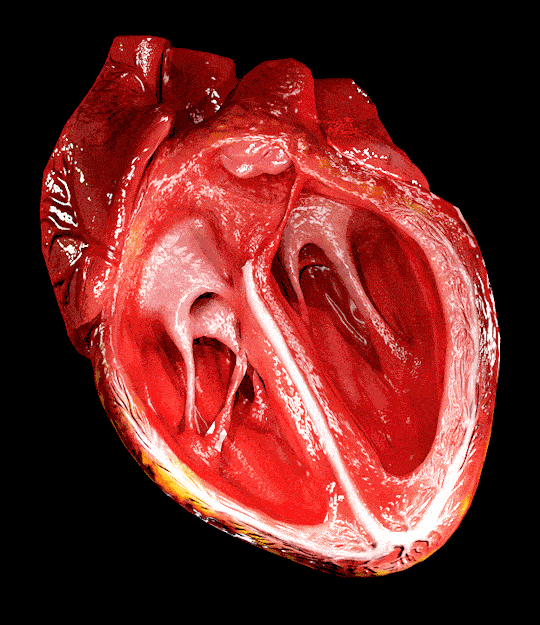
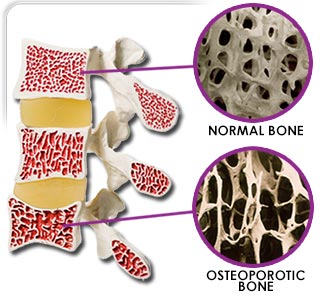
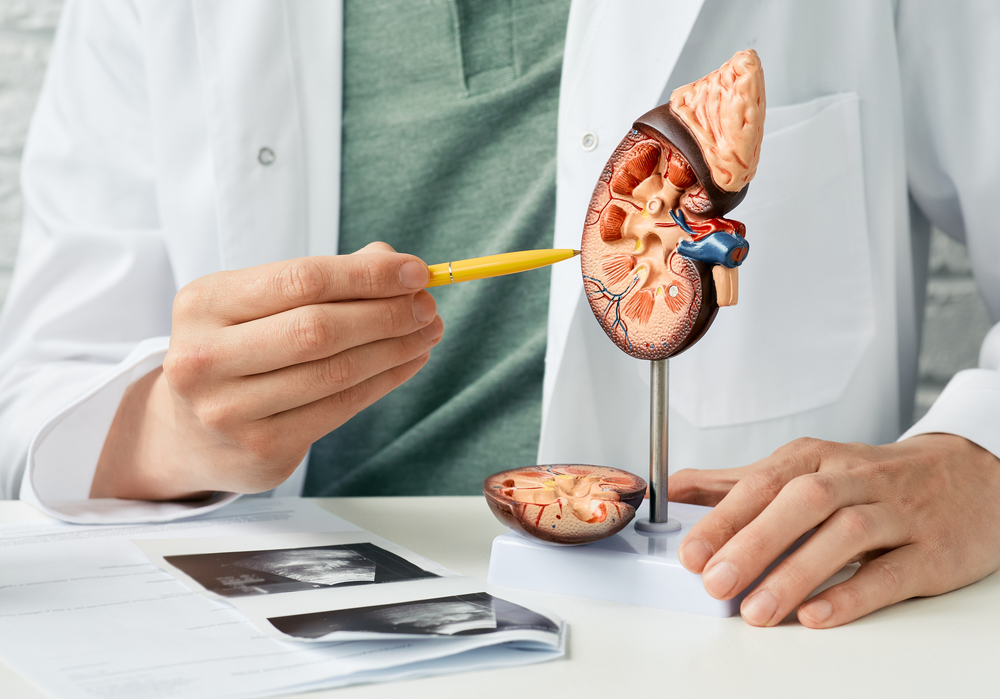
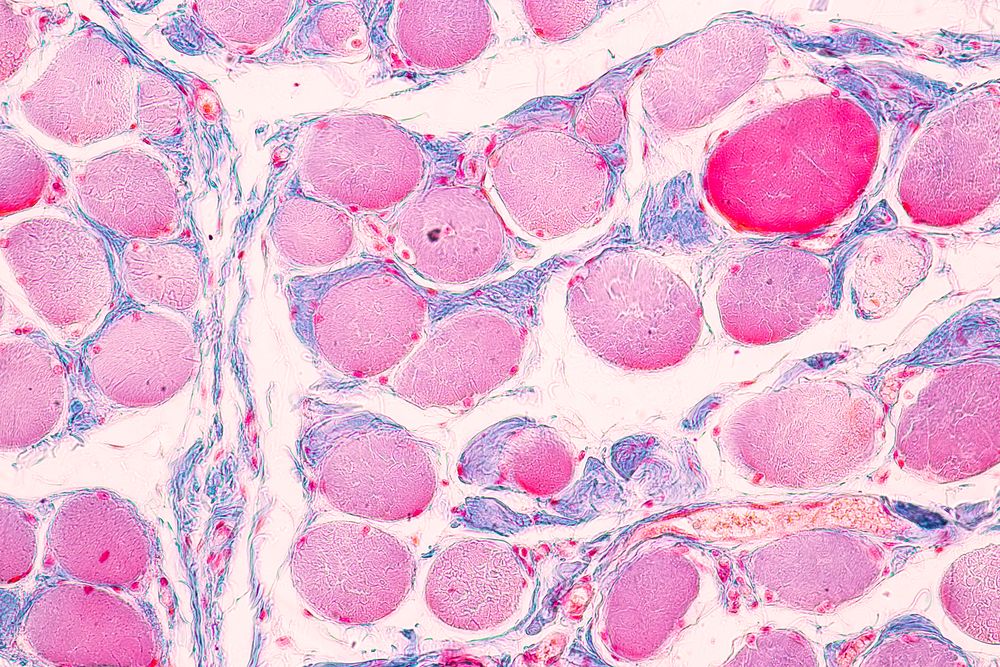
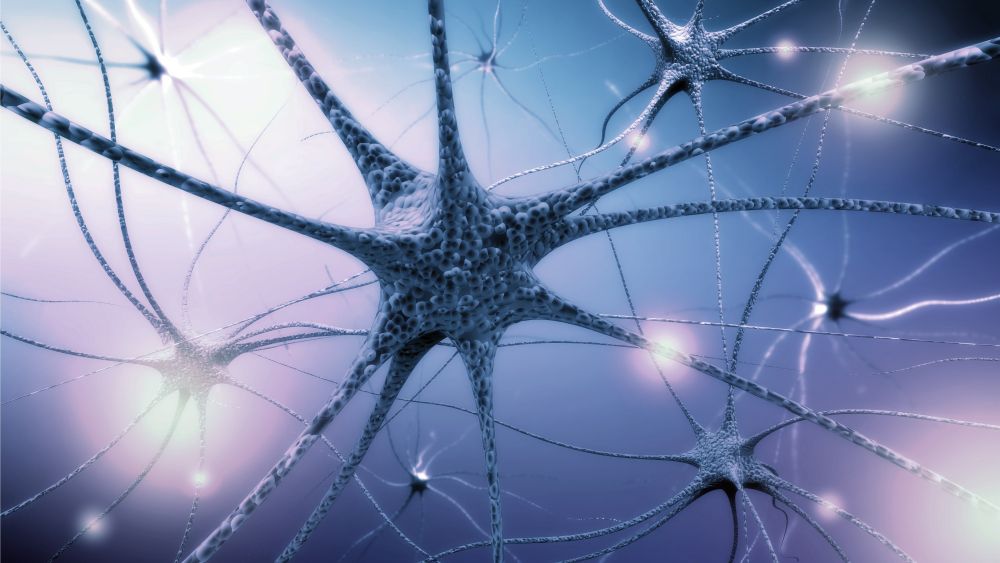
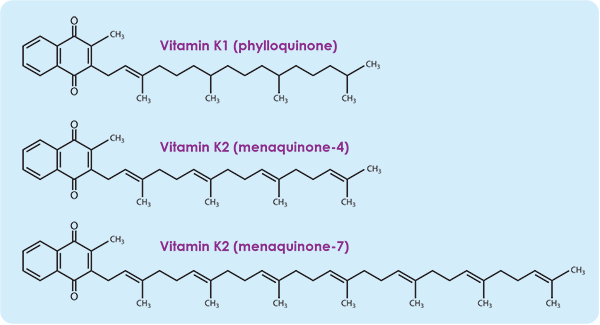
 A Brief History of Vitamin K
A Brief History of Vitamin K